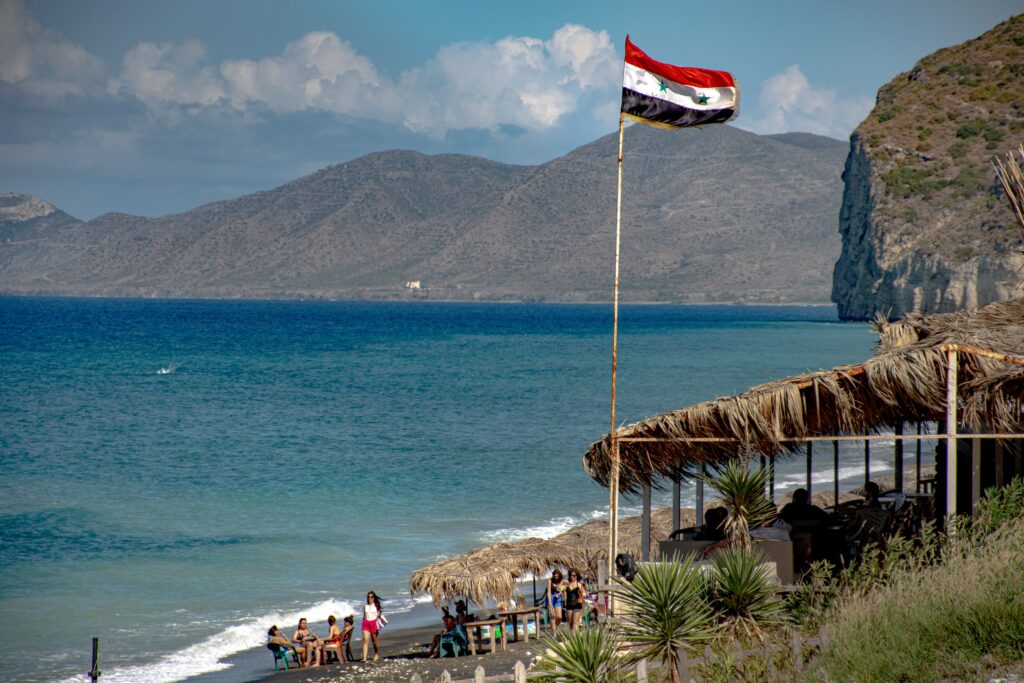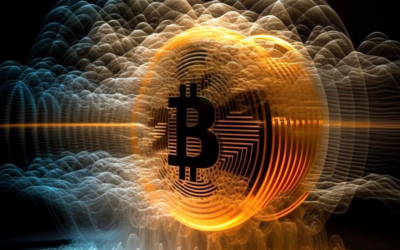Inflation is the gradual increase in the general price level of goods and services in an economy over time.
It is often expressed as an annual percentage and is measured by various consumer price indices (CPI).
When inflation rates are high, it means that, on average, prices are rising rapidly, which can lead to a decrease in the purchasing power of a country’s currency.
Understanding inflation is crucial because it affects nearly every aspect of an economy and people’s lives. It can erode the real value of money, making it more expensive for individuals to buy goods and services. Businesses also face challenges when planning for the future, as unpredictable inflation can disrupt investment and financial planning.
Table of Contents
What are the causes of Inflation?
Inflation is not a one-size-fits-all phenomenon. Different factors can trigger it, and economists typically categorize the causes into three main types: demand-pull, cost-push, and built-in inflation.
Top 10 Countries with the Highest Inflation
1. Venezuela

440% inflation rate
GDP: 102.08 billion dollars
Monthly Minimum Wage: US$6.50
Venezuela, which just recently came out of a four-year hyper-inflationary era, has witnessed cracks in the strict regulations put in place by President Nicolas Maduro’s administration. The government has been raising expenditure since November despite consumer price inflation remaining in the single digits for nine consecutive months, which has caused demand for dollars to outpace the central bank’s foreign exchange reserves. According to predictions made by economists, Venezuela’s real GDP will rise by 5.6% in 2023 and 5% in 2024.
2. Syria

139% inflation rate
GDP: 136 billion dollars
Monthly Minimum Wage: $3.88 USD
Following a 3.5% decline in 2022, war, high input costs, and other factors will result in a 3.2% decline in Syria’s real GDP in 2023. The drop in food production brought on by the conflict, high input costs, and water shortages is anticipated to have a negative impact on manufacturing, transportation, and services. poses serious threats to the GDP estimate, and any reductions in subsidies might make the ongoing food and fuel shortages worse. Likely to reduce but remain high in 2023.
3. Lebanon

Rate of inflation: 124%
GDP: US$4,136.15
Monthly Minimum Wage: US$172.79
Inflation has caused significant price increases across a number of industries, with some experiencing increases of more than 600%, including communication, alcoholic beverages, tobacco, restaurants, hotels, health, transportation, housing, and utilities. The cost of living increased for many people as food and non-alcoholic beverage inflation increased to a ten-month high of 352% in March from 261% in February.
4. Argentina

Rate of inflation: 98.8%
US$1.2 trillion GDP
Monthly Minimum Wage: US$313.70
I anticipate that Argentina’s monthly inflation rate has increased over the past few months and will continue to increase. Due to this, the country’s GDP is expected to develop by 0.5% less in 2023 than was originally forecast. By year’s end, analysts predict that the average nominal exchange rate would decline to 330.47 pesos per U.S. dollar.
5. Sudan

83.6% inflation rate
US$207 billion in GDP
The minimum monthly wage is $5.24 USD.
Based on the annual variation in the average consumer price index, Sudan’s high inflation rate is predicted to decline over time. Between 2023 and 2028, I predict a 53.4 percentage point decline in the average rate. Based on a typical basket of consumer goods and services, I anticipate that this significant shift will result in enhanced stability in the average price level.
6. Zimbabwe

75.2% inflation rate
GDP: 28.37 billion dollars
Monthly Minimum Wage: $150 USD
Zimbabwe is one of the nations with high inflation rates; the annual rate of consumer price inflation began to decline in April 2023 from 87.6% in March. Consumer prices rose by 2.4% in April, the most since the previous six months, after declining by 0.1% the prior month. The top three categories in Zimbabwe’s consumer price index—food and non-alcoholic beverages, housing and utilities, and transportation—account for 31%, 28%, and 8% of total expenditures.
7. Suriname

Rate of inflation: 55.5%
$10.7 billion in US GDP
Minimum Salary: 160.25 dollars per month
The Surinamese inflation rate has been increasing daily since February 2023. If you’re wondering what’s causing these increases, you might be interesting to hear that food and non-alcoholic beverages, which account for 30% of the total weight in the Suriname Consumer Price Index, are the most important category. The index is heavily influenced by housing and utilities, transportation, other goods and services, and healthcare.
8. Turkey

Rate of inflation: 55.18%
GDP: $1.02 trillion dollars
Monthly Minimum Wage: US$518.54
The annual inflation rate in Turkey has been falling recently. With the exception of education, costs increased more slowly, with consumer prices increasing by only 3.2% each month. Authorities anticipate that inflation in Turkey would fall to 22.3% by the end of the year, providing an opportunity for investors wanting to profit from declining rates.
9. Sri Lanka

50.3% inflation rate
GDP: 88.93 billion dollars
Monthly Minimum Wage: US$38.90
The recent crises have affected Sri Lanka’s inflation rate, despite the fact that the country’s economy is gradually improving. While Sri Lanka’s food inflation has decreased recently, other types of inflation have somewhat increased. This may indicate that the nation is moving closer to stability. Customers should anticipate cheaper food costs as the economy continues to improve. This might ease household financial burden, enabling them to spend money on other essentials and advancing the economy of the nation.
10. Ghana

45% inflation rate
GDP: 66.62 billion dollars
Monthly Minimum Wage: US$107.59
In March 2023, Ghana’s annual inflation rate decreased for the third consecutive month, dropping to its lowest level since October 2022. Given that the inflation rate reached a two-decade high of 54.1% in December, this drop is noteworthy. Prices for both food and non-food items rose more slowly in March due to the stronger currency. As a result, consumer prices dropped by 1.2% in March, the most since September 2012.
Pros and Cons of High Inflation
While high inflation rates are generally considered detrimental to an economy, they can also have some positive and negative consequences. Let’s explore the pros and cons of high inflation in more detail.
Pros
1. Debt Relief
High inflation can erode the real value of debt. This means that borrowers may find it easier to repay loans in nominal terms, as the debt becomes less burdensome in real terms.
2. Export Competitiveness
When a country’s currency depreciates due to high inflation, its exports can become more competitive in international markets. This can boost exports and support economic growth.
3. Asset Appreciation
Tangible assets like real estate and precious metals often increase in value during periods of high inflation. This can benefit those who hold such assets.
Cons
1. Eroded Purchasing Power
It reduces the purchasing power of a country’s currency. This means that people can buy less with the same amount of money, leading to a lower standard of living.
2. Uncertainty
High and unpredictable rates create uncertainty in the economy. Businesses struggle to plan for the future, and consumers may hesitate to make long-term investments or purchases.
3. Negative Impact on Savings
Savers and those on fixed incomes are particularly vulnerable during periods of high inflation. The real value of their savings diminishes, making it harder to achieve financial goals.
Conclusion
In conclusion, understanding the top 10 countries with the highest inflation rates and the factors driving this is crucial for grasping the complexities of global economics. High inflation can have severe consequences for a nation’s citizens and its overall economic stability. By exploring the pros and cons of high inflation and potential solutions, we gain valuable insights into how countries can address this challenging economic issue.
Frequently Asked Questions – FAQ
What is hyperinflation?
Hyperinflation is an extreme form of inflation where prices rise uncontrollably, often exceeding 50% per month. It can lead to a complete breakdown of a country’s currency and economy.
Can high inflation be beneficial in any way?
It can provide some benefits, such as debt relief for borrowers and increased export competitiveness. However, these benefits are often outweighed by the negative consequences, like eroded purchasing power.
How can individuals protect themselves from the effects of high inflation?
Individuals can protect themselves by investing in assets that typically appreciate during inflationary periods, such as real estate and precious metals. Diversifying investments and considering inflation-protected securities can also be wise.
What is the relationship between inflation and interest rates?
In general, central banks raise interest rates to combat high inflation. Higher interest rates make borrowing more expensive, reducing consumer spending and business investment, which can help lower inflation.
Can a country have negative inflation (deflation)?
Yes, deflation is the opposite and occurs when prices decrease over time. While deflation can benefit consumers in the short term, it can also lead to economic stagnation and debt problems.









